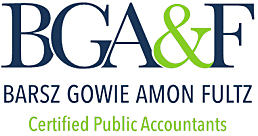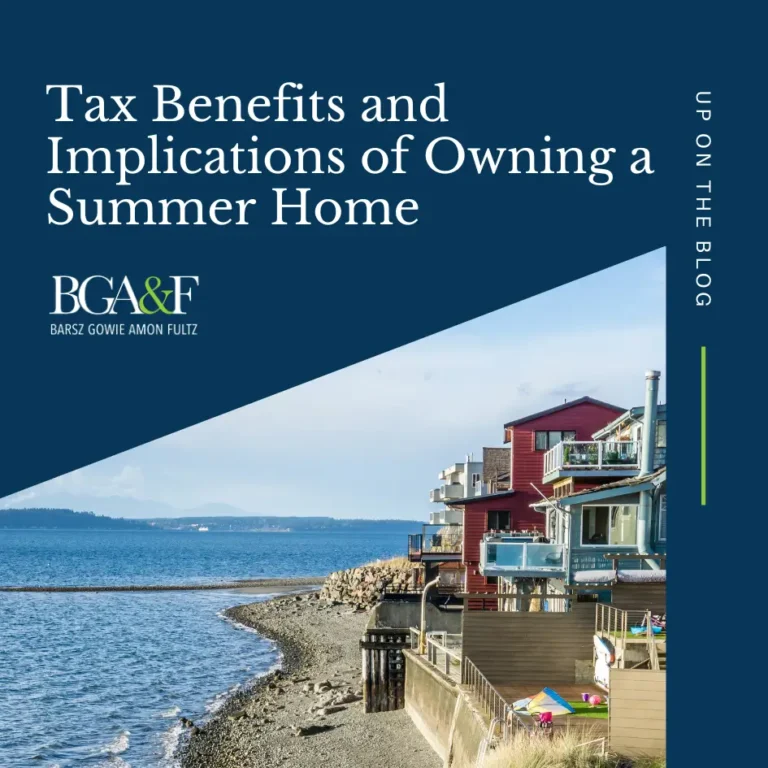Health insurance is essential, but small business owners often find group health plans too expensive. Yet, offering health benefits is crucial for attracting and retaining talented employees. Fortunately, there are tax-advantaged solutions that allow small employers to provide health benefits. Section 105 Health Reimbursement Arrangements (HRAs) are not health insurance plans. Instead, they provide a way for employers to reimburse employees for medical expenses, including insurance premiums.
Understanding Section 105 Health Reimbursement Arrangements (HRAs)
Section 105 Health Reimbursement Arrangements (HRAs) are not health insurance plans. Instead, they provide a way for employers to reimburse employees for medical expenses, including insurance premiums. Before HRAs, employers couldn’t reimburse individual health coverage premiums directly. With HRAs, employees buy their own insurance, often through a health insurance marketplace, and employers reimburse the healthcare costs. These reimbursements are tax-deductible for employers and tax-free for employees.
This article focuses on two HRA models for small employers: Individual Coverage HRAs (ICHRAs) and Qualified Small Employer HRAs (QSEHRAs). These plans offer a cost-effective alternative to traditional group insurance.
How Do Section 105 Health Reimbursement Arrangements Work?
The principle behind Section 105, Health Reimbursement Arrangements, is straightforward. Employers set a monetary allowance for each employee for covered medical expenses. Expenses listed in IRS Publication 502 can qualify, but employers can limit reimbursable expenses.
Employees buy their own health insurance and provide proof to the employer that they have minimum essential coverage. Employees who incur eligible healthcare costs submit proof of these expenses to their employer, often through a third-party administrator or benefits management software. The employer then reimburses these costs, typically on a monthly basis, up to the established allowance.
Benefits of Section 105 Health Reimbursement Arrangements
Section 105 Health Reimbursement Arrangements offer several benefits for both employers and employees:
- Tax Savings: Reimbursements are excluded from employees’ gross income, and employers can deduct them as business expenses.
- Cost Savings: Employers set their HRA allowance levels, avoiding insurance premium markups.
- Flexibility: Employers can customize health benefits to align with budgetary needs. They can also set varying eligibility and reimbursement levels for different classes of employees.
- Compatibility: Section 105 plans can work with existing Health Savings Accounts (HSAs) and some QSEHRAs can be coordinated with spousal job-based health insurance.
- Control: Employers maintain ownership of the funds, and any unused funds revert to the employer if an employee leaves.
General Rules for Section 105 Health Reimbursement Arrangements
Section 105 plans must adhere to various federal regulations, including those set by the IRS, ERISA, HIPAA, ACA, and other relevant state and federal laws. Some general rules include:
- Plan Documents: The IRS mandates written plan documents outlining eligible expenses, employer contributions, and other specifics.
- Employer Funding: Section 105 plans are funded solely by the employer, not through employee salary deductions.
- Reimbursements: Employees must substantiate each claimed healthcare expense with proper documentation.
- Non-Discrimination: Plans must not favor highly compensated individuals with respect to eligibility or benefits.
- HIPAA Compliance: Section 105 plans must comply with HIPAA privacy rules to protect personal health information.
- COBRA: For employers with 20 or more employees, COBRA continuation coverage must be offered. Terminated employees can continue using the plan for 18 or 36 months, but they may be charged up to 102% of their allowance.
- Summary Plan Descriptions: ERISA requires every welfare plan to provide a summary plan description to each participant.
- ACA Research Fees: Employers must pay Patient-Center Outcomes Research Institute (PCORI) fees annually via Form 720.
- Notices: Employers must provide 60 days’ advance notice to participants before making material modifications to the plan.
Can Self-Employed Business Owners Participate in an HRA?
Employers must have at least one W2 employee to participate in a Section 105 HRA. The eligibility of self-employed business owners to participate in ICHRAs or QSEHRAs depends on their employment status and business structure.
- C-Corporation Owners: Can participate in HRAs as employees of the corporation.
- S-Corporation Owners: Generally not eligible to participate in HRAs if they own more than 2% of the company’s shares.
- Partners and Sole Proprietors: Not eligible for HRAs because they are not considered W2 employees.
Self-employed business owners who don’t qualify for a Section 105 HRA can still deduct health insurance premiums and other medical expenses if they itemize and the expenses exceed 7.5% of their adjusted gross income. A viable workaround is to employ a spouse as a W2 employee. This arrangement requires careful documentation to substantiate the employment and compensation structure.
Specific Rules and Differences Between ICHRAs and QSEHRAs
ICHRAs
- Available to employers of any size.
- Reimbursement allowances can be tailored to different employee classes.
- No annual reimbursement caps aside from what the employer establishes.
- Unused funds can be rolled over without limitation.
QSEHRAs
- Designed for businesses with fewer than 50 full-time employees.
- Annual contribution limits for 2024: $6,150 for self-only coverage and $12,450 for family coverage.
- Unused funds can be rolled over, but the rollover amount cannot exceed annual maximum limits.
- All full-time employees must be eligible, but employers can choose whether the plan is available to part-time employees.
Navigating the Choice
Choosing the right Section 105 plan requires assessing your business needs and associated regulations. Generally, ICHRAs are preferable for their flexibility in contribution limits or for businesses with more than 50 employees. However, their flexibility requires more complex administration. QSEHRAs might be preferred for simpler administration.
Section 105 plans require careful attention and management. Misunderstanding eligibility rules and failing to maintain proper documentation can lead to compliance issues. Consult with legal advisors or HR professionals to ensure your plan adheres to all applicable laws.
If you’re a small business owner considering a Healthcare Reimbursement Plan, assess all your options. Our expert advisors can help you determine the best way to account for your healthcare spending and explore the benefits a Section 105 Health Reimbursement Arrangement may offer for your business. For more information, please contact our office.




